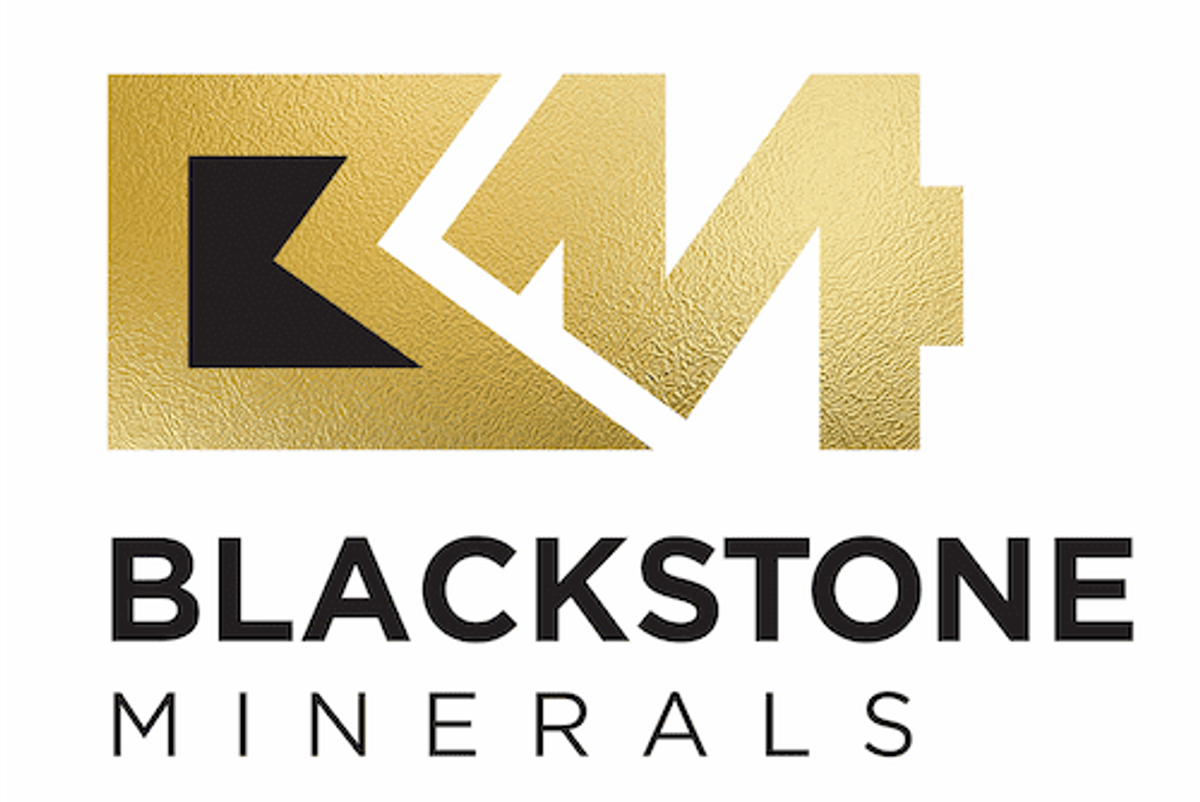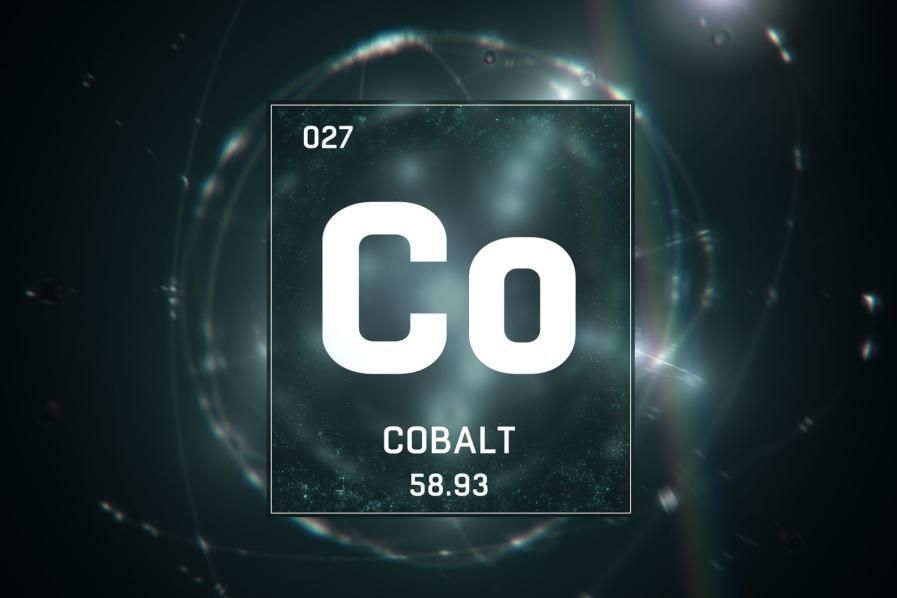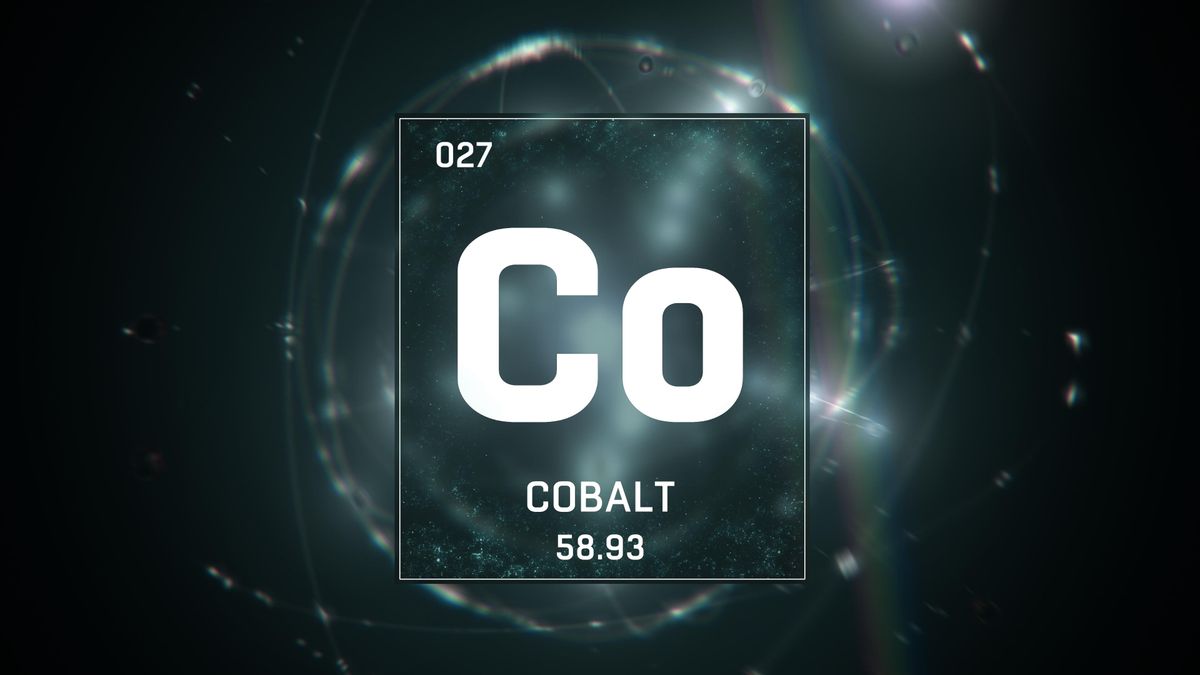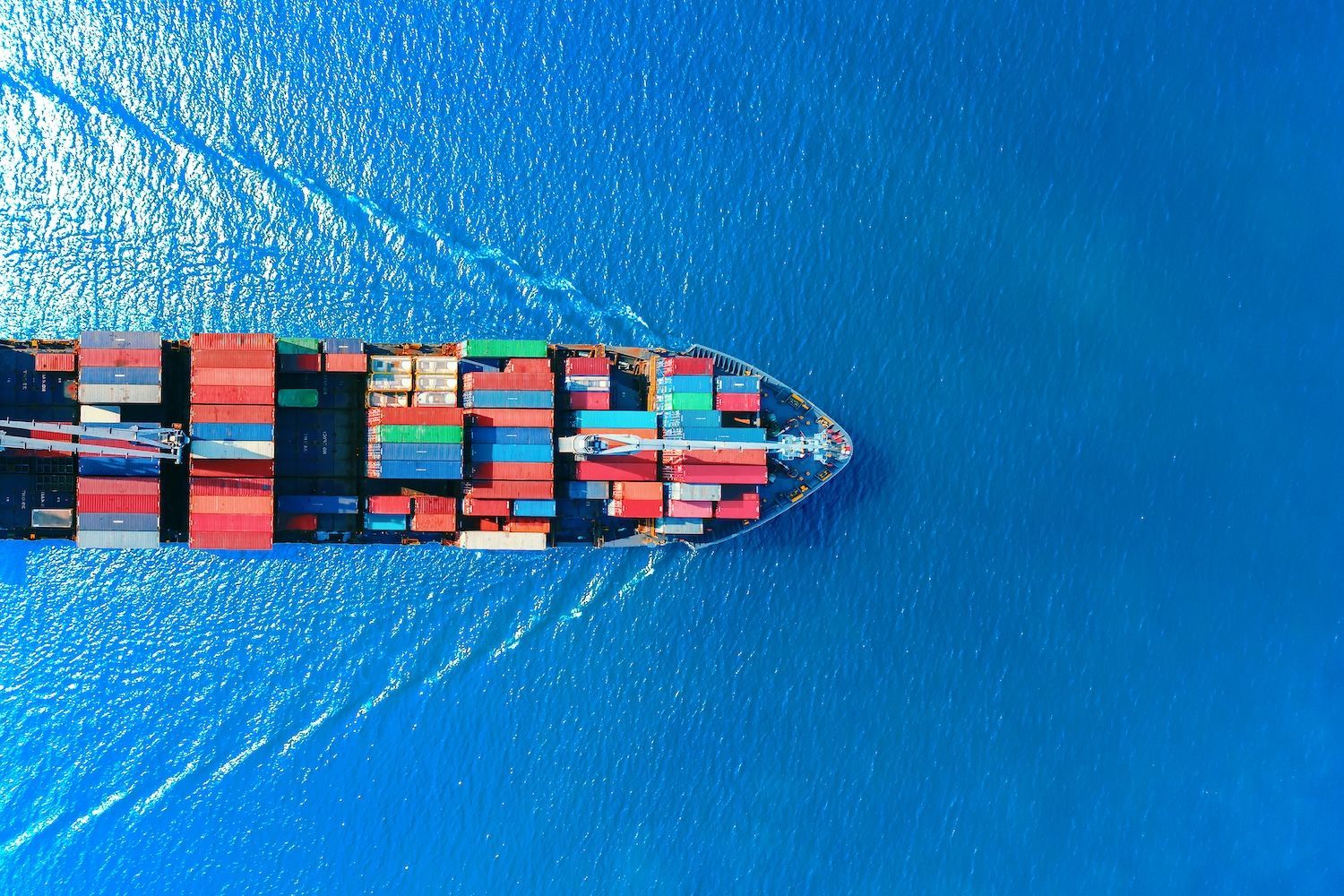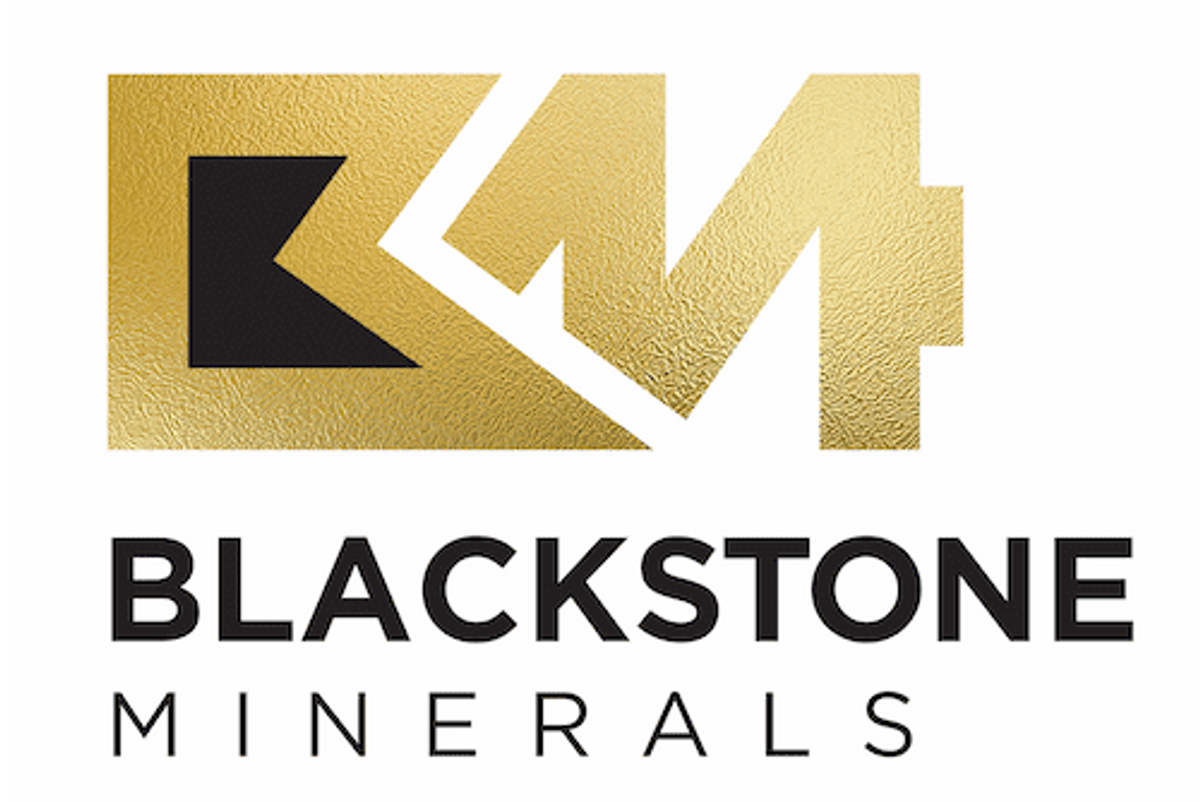
May 03, 2021
Blackstone Minerals Limited (“Blackstone” or the “Company”) is pleased to announce the appointment of Shannan Bamforth as Managing Director of Codrus Minerals Limited (“Codrus”), the spin out of its non-core gold assets announced earlier this year (Refer to ASX announcement from 15 January 2021)
Mr Bamforth is a geologist with over 20 years’ experience in the resources industry with a focus on base metals and gold. He has worked in exploration, operations and corporate roles in Australia, Africa, China, and Indonesia. Mr Bamforth comes to Codrus from Sandfire Resources where he has been working in the role of General Manager Geology since 2010. Prior to this role he held various senior positions with a variety of companies including Regent Pacific Group, St Barbara Mines, AngloGold Ashanti, and Acacia Resources. He is a member of The Australian Institute of Mining and Metallurgy.
Blackstone Minerals’ Managing Director Scott Williamson commented:
“We are delighted to announce the appointment of Shannan, following the completion of a comprehensive and highly competitive Executive search. Shannan has the right blend of technical and corporate experience to spearhead a dedicated Management team that will build on what is an exciting portfolio of gold assets.”
Codrus Minerals will house a highly prospective portfolio of gold assets including the Bull Run Project, Silver Swan South Project, Red Gate Project, and Middle Creek Project.
Codrus Minerals’ Managing Director Shannan Bamforth commented:
“It is with great excitement and aspiration that I will assume the role as Managing Director of Codrus. I look forward to building a team that can showcase the potential of Codrus’ assets. In the background, Blackstone have progressed several walk-up drill ready targets across Tier 1 jurisdictions. We look forward to accelerating these opportunities having a strong balance sheet following the proposed Codrus IPO, and having the backing of a major supportive shareholder in Blackstone.”
Codrus intends to undertake an IPO of its securities in Q2 of 2021 to facilitate admission to the Official List of the ASX. It is currently anticipated that the Codrus Prospectus (the “Prospectus”) will be lodged with ASIC this week in relation to the IPO and will seek to raise a minimum $5,000,000.
Existing Blackstone shareholders will be offered a priority allocation in the Codrus IPO pursuant to the forthcoming Prospectus, with the record date to be a day after lodgement of the Prospectus. The terms of the priority offer will be set out in further detail in the Prospectus. Blackstone to retain approximately 50% of the equity in Codrus upon successful completion of the IPO.
Authorised on behalf of the Board of Blackstone Minerals Limited Ends.
Scott Williamson Managing Director
Click here to connect with Blackstone Minerals (ASX:BSX, OTC:BLSTF) for an Investor Presentation.
BSX:AU
The Conversation (0)
25 July
Blackstone Minerals
A diversified developer of battery-grade nickel and copper-gold assets in Southeast Asia
A diversified developer of battery-grade nickel and copper-gold assets in Southeast Asia Keep Reading...
24 October
Quarterly Activities/Appendix 5B Cash Flow Report
Blackstone Minerals (BSX:AU) has announced Quarterly Activities/Appendix 5B Cash Flow ReportDownload the PDF here. Keep Reading...
27 August
BSX Secures JV Partner & Funding for Ta Khoa Nickel Project
Blackstone Minerals (BSX:AU) has announced BSX Secures JV Partner & Funding for Ta Khoa Nickel ProjectDownload the PDF here. Keep Reading...
25 August
Trading Halt
Blackstone Minerals (BSX:AU) has announced Trading HaltDownload the PDF here. Keep Reading...
31 July
Quarterly Activities/Appendix 5B Cash Flow Report
Blackstone Minerals (BSX:AU) has announced Quarterly Activities/Appendix 5B Cash Flow ReportDownload the PDF here. Keep Reading...
28 July
Blackstone Secures New Diamond Drill Rig to Advance Mankayan
Blackstone Minerals (BSX:AU) has announced Blackstone Secures New Diamond Drill Rig to Advance MankayanDownload the PDF here. Keep Reading...
31 October
Top 5 Canadian Cobalt Stocks of 2025
Cobalt prices regained momentum in the third quarter of 2025 as tighter export controls from the Democratic Republic of Congo (DRC) fueled expectations of a market rebound. After languishing near multi-year lows early in the year, the metal surged to US$47,110 per metric ton in late October, its... Keep Reading...
27 October
Top 3 ASX Cobalt Stocks of 2025
Cobalt is used in a wide variety of industrial applications, with lithium-ion batteries for electric vehicles (EVs) and energy storage systems as the largest demand segment. As an important battery metal, cobalt's fate is tied to demand for EVs. The EV market may be facing headwinds now, but the... Keep Reading...
24 October
Cobalt Market Update: Q3 2025 in Review
Tight export controls out of the Democratic Republic of Congo (DRC) added tailwinds to cobalt prices in Q3, prompting market watchers to anticipate a shift from oversupply to balance in the coming months. After starting the year at lows unseen since 2016 (US$21,502 per metric ton), cobalt began... Keep Reading...
16 October
US Cancels US$500 Million Cobalt Tender in Setback for Critical Minerals Strategy
The US Department of Defense has canceled its long-awaited plan to buy up to US$500 million worth of cobalt, a mineral vital to electric vehicles, jet engines and advanced weapons systems.The Defense Logistics Agency (DLA) confirmed the cancellation in a notice published Wednesday (October 15),... Keep Reading...
02 October
Fortune Minerals Advancing NICO Project to Mine Construction Decision in 2026
Fortune Minerals (TSX:FT,OTCQB:FTMDF) is advancing its NICO cobalt-gold-bismuth-copper-critical minerals project in Canada toward a project construction decision by late 2026. Robin Goad, president and CEO, shared how government funding has been essential to advancing the NICO project.Fortune... Keep Reading...
22 September
DRC to End Cobalt Export Ban, Move to Quota System
The Democratic Republic of Congo (DRC) announced it will lift its eight month cobalt export ban on October 16, replacing it with annual quotas designed to stabilize global supply and prices.Bloomberg reported that the country's Authority for the Regulation and Control of Strategic Mineral... Keep Reading...
Latest Press Releases
Related News
TOP STOCKS
American Battery4.030.24
Aion Therapeutic0.10-0.01
Cybin Corp2.140.00
